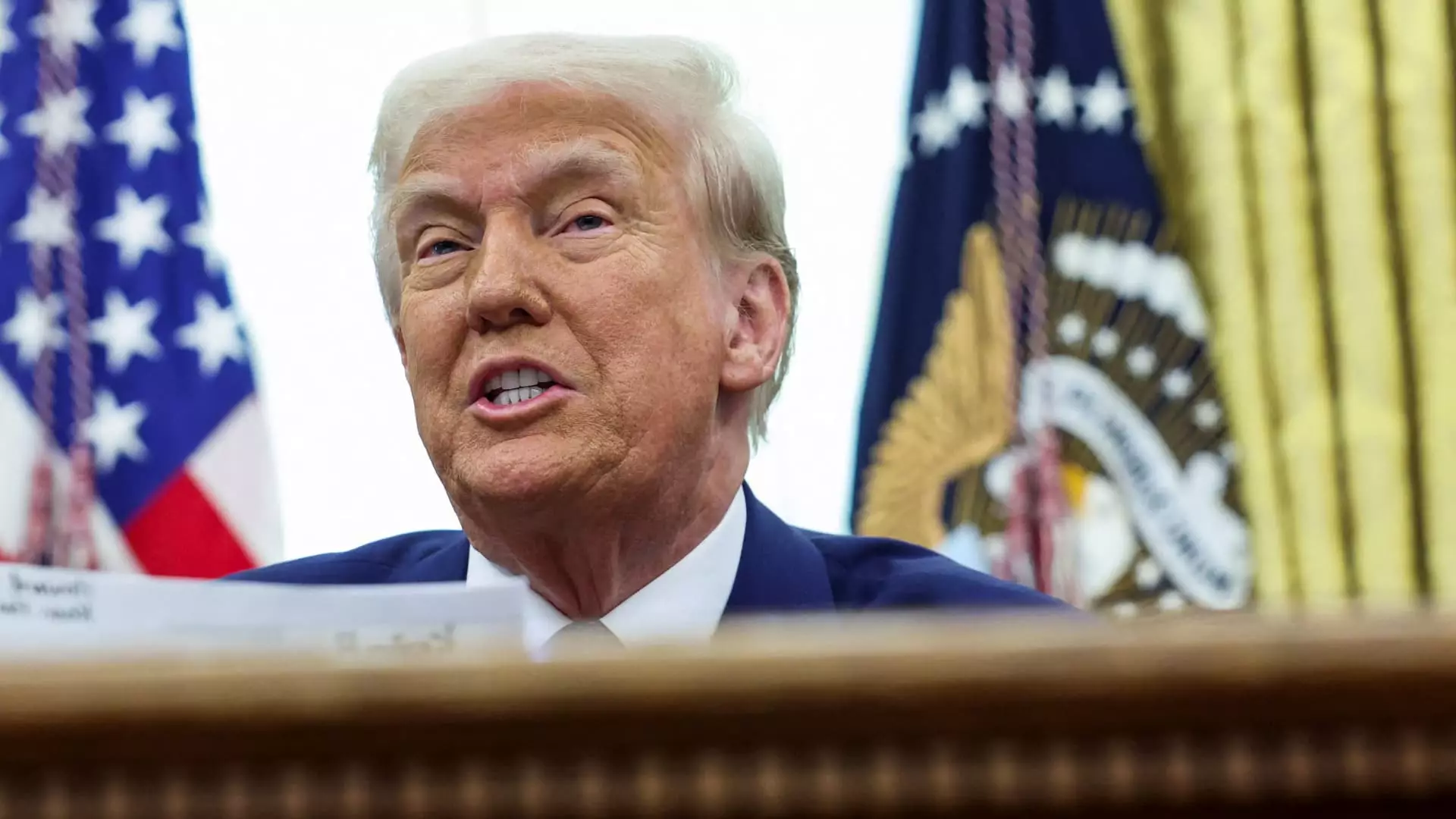In an unexpected turn of events, President Donald Trump made headlines on Thursday with comments that sent shockwaves through the defense sector. During a discussion at the White House, he suggested that the United States might consider a substantial reduction in defense spending, proposing that the budget could potentially be cut in half. This announcement raises critical questions not only about the future of military financing but also about the broader implications for national security.
Trump’s remarks came in the context of an anticipated dialogue with leaders from China and Russia, as he emphasized the need for a reevaluation of military expenditures. Indicating an inclination towards diplomacy, he claimed, “There’s no reason for us to be spending almost $1 trillion on the military,” suggesting that these resources could be diverted to other pressing needs within the country. This approach reflects a notable shift from the typical hardline stance that has characterized U.S. defense policy in recent years.
The immediate aftermath of Trump’s declaration was predictably volatile. Shares of major defense contractors such as Lockheed Martin, Northrop Grumman, and General Dynamics experienced sharp declines, with losses ranging from 1.6% to 3.4%. Such a drop underscores the market’s sensitivity to political rhetoric regarding military spending, highlighting how investor confidence can be undermined by uncertainty and fluctuating policy signals.
The contradiction in Trump’s stance on defense spending has created a perplexing narrative for stakeholders. Throughout his 2024 campaign, Trump has oscillated between advocating for significant military funding and initiating measures aimed at cutting government expenses. This juxtaposition creates confusion among allies and defense sector companies alike, as they grapple with the unpredictable nature of government policy.
On one side, Trump has proposed enlistment of innovative minds like Elon Musk to optimize government spending, and has been somewhat ambivalent about the protracted conflict in Ukraine—advocating for a quick resolution while simultaneously supporting military aid and equipment sales. On the other side, he has made assertions about the necessity of a robust military presence, including launching initiatives like the “Iron Dome of America” missile defense system.
Experts are cautious about the implications of Trump’s remarks. TD Cowen policy analyst Roman Schweizer noted the confusion prevailing among stakeholders, stating that there are numerous “crosscurrents” affecting defense spending. This highlights the challenges faced by the military-industrial complex as they navigate a landscape marked by uncertain political whims and regional geopolitical dynamics.
As the discourse surrounding U.S. defense spending continues to evolve, it remains to be seen how these developments will shape both policy and the military’s future funding landscape. Trump’s proposal to engage in discussions with global powers about military budgets signifies a potential paradigm shift that could redefine U.S. defense priorities. However, the extent to which this vision can be realized amid competing domestic and global interests will be crucial to monitor in the weeks and months ahead. The need for clarity and consistency in defense policy has never been more urgent, lest the U.S. find itself at a strategic disadvantage on the world stage.

